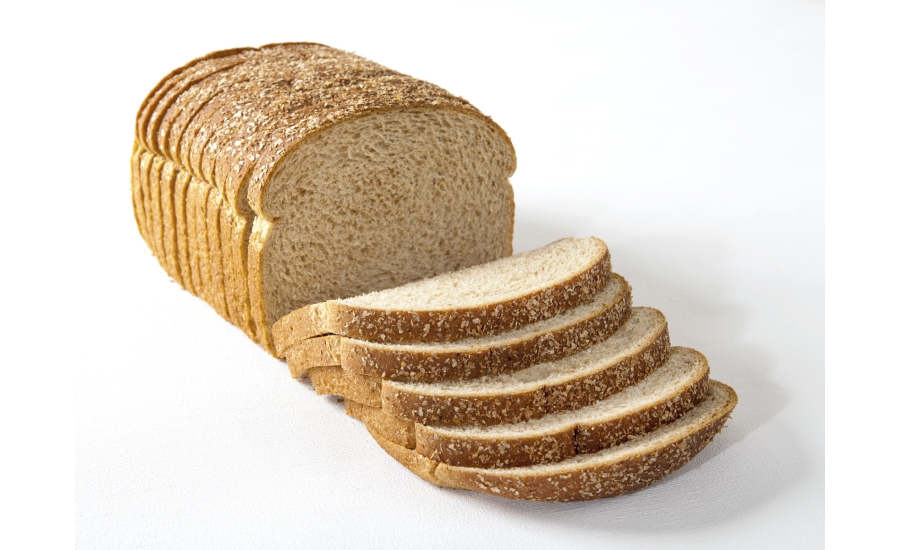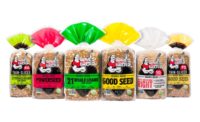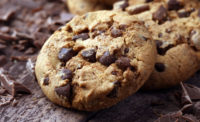Today’s food industry supply chain is replete with sweetener options—but what do people really think about specific types of sweeteners? As researchers continue to discover, a considerable degree of sweetener perception centers on the actual product in question, and what people say and what they do can vary considerably.
In order to gain a better understanding of current shopper perceptions of sweeteners in breads, we reached out to Sara Martens, vice president, The MSR Group, and a research analyst for the Corn Refiners Association.
Douglas J. Peckenpaugh: Do shoppers today care about which types of sweeteners are in their breads?
Sara Martens: Bread shoppers today may claim to avoid specific sweeteners when making bread purchases, but their purchase data is telling us a very different story. In fact, a recent study conducted by Mintel and Nielsen took a look at six distinct consumer segments’ attitudes and purchase behaviors towards sweetened food and beverage products (see “Mintel Study: How Your Consumers Feel About Sweeteners and Why They Do”). The study found that all six segments are significant contributors to the sales of bread formulated with sugar and high fructose corn syrup. In addition, four out of the six consumer segments from the study tend to buy a higher percentage of HFCS-sweetened bread than sugar-sweetened bread.
DJP: How has this perception changed over the past few years?
SM: The food and beverage landscape is changing and, as a result, consumers are becoming more mindful of sweeteners and overall health. In fact, we found that the most-mindful consumer segment has grown from 15 percent of U.S. households to 19 percent. But while this group of mindful consumers may be on the rise, their purchase behaviors aren’t necessarily changing when it comes to the bread aisle. In fact, in the 2014 Sweetener360 study, four out of six consumer segments bought more bread sweetened with HFCS than sugar. We found this to still be true in the 2015 Sweetener360 study. The study also showed that 68 percent of consumers agree that moderation is more important than monitoring specific sweetener ingredients.
DJP: Do different consumer demographics show a preference for different types of sweeteners when it comes to bread?
SM: The first Sweetener360 study uncovered six distinct consumer segments that were defined by shared attitudes and behaviors about sweeteners and nutritional priorities. We met “No Health Worries” Walter, “Too Many Priorities” Teresa, “Taste Over Health” Sandra, “Diabetics and Dieters” Joan, “Healthy Balance Seeker” Julia, and “All Natural” Stacey. While each segment has unique attitudes toward sweeteners, all were significant contributors to sales of bread formulated with all sweetener types. Even the three most-health-conscious consumer segments (Joan, Julia and Stacey) buy more than their fair share of bread and account for more than half of HFCS-sweetened bread purchases.
In addition, the study took a look at millennials and found that more than any other age group, they claim that it’s worth the sacrifice to pay more for food and beverages with sweetener ingredients that they perceive as better for them. However, the study found that they are actually purchasing products, including bread, formulated with all types of sweeteners and are purchasing more than their fair share of HFCS- and sugar-sweetened products.
click infographic to view as pdf






